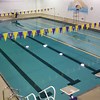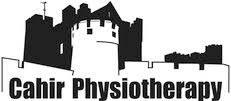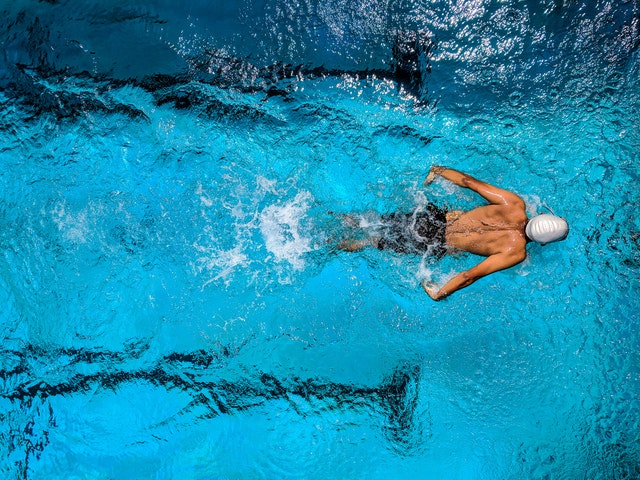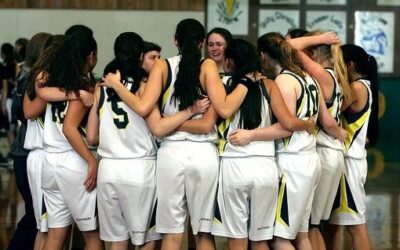Pool Session after Training or Racing
After a tough race or match a great way to feel good again is to go to the pool and do gentle exercise there. It helps to promote blood flow through tired limbs. It also soothes sore joints and muscles by moving them without the impact of hitting the ground. It’s what’s known in the sports world as a recovery pool session.
We used recovery pool sessions a lot when I worked as the Irish Hockey team physiotherapist. They were particularly useful in training camps and tournaments. The Cahir Senior footballers used them after every match last year when we had matches several consecutive weeks.
 When to do pool recovery?
When to do pool recovery?
If you have had a particularly hard race or match, the day after is ideal timing to do a pool recovery session. It’s also a useful tool to use on a weekly basis if you are doing hard training to help prevent injuries.
When not to do pool recovery?
If you have a significant injury after a race or match the injury takes priority and you should use the POLICE regime instead see here- protect, rest, optimum loading, ice, compression and elevation and see a Chartered Physiotherapist for expert advice.
How long should a pool recovery session last?
You should be in the water for no less than 20 minutes to get the maximum benefit.
How does a pool recovery session help?
Being immersed in the water helps the body by promoting blood flow back to the heart, particularly from the legs. The pressure of the water on the less helps to reduce any minor swelling of the legs that developed post exercise. In the water the body weight going through the legs is less due to the buoyancy effect. This helps because one can move tired limbs and joints through a full range of movement without the same impact as you would have on land.
I can’t swim- what can I do instead?
A pool recovery session is equally as valuable if you can’t swim- just walk in the water instead of swimming.
How to do a pool session?
Get into the pool for at least 20 minutes- up to your waist if possible. You may walk, lunge or swim in intervals separated by some static stretching. Here’s my version. If you can’t swim just walk widths of the pool instead of swimming lengths.
- Swim 6 lengths/ walk 6 width of the pool
- Leg swings 1 – Stand holding onto the edge and swing leg side to side in front of you x 10 each side
- Lunge 10 times on each leg
- Calf stretch and quads (front of thigh stretch) 2 x 20 seconds each side
- Swim 3 lengths/ walk 3 widths
- Leg swings 2 – stand side on to pool wall and swing leg front to back x 10 each side
- Walk with high knees- marching- type walk 10 steps each leg
- Hamstring stretch or buttock stretch 20 seconds each side
- Swim 3 lengths/ walk 3 widths




